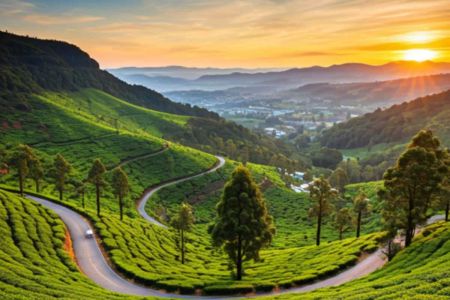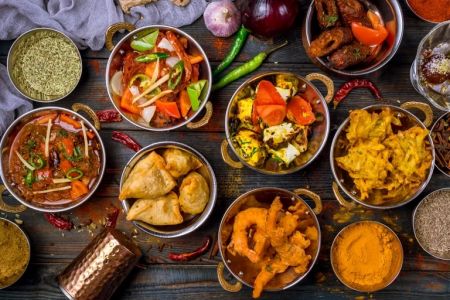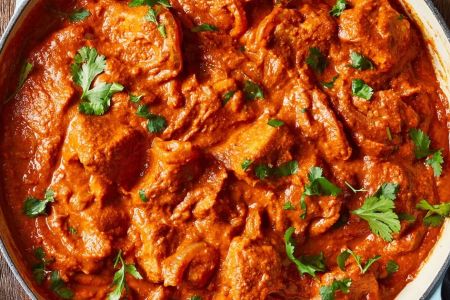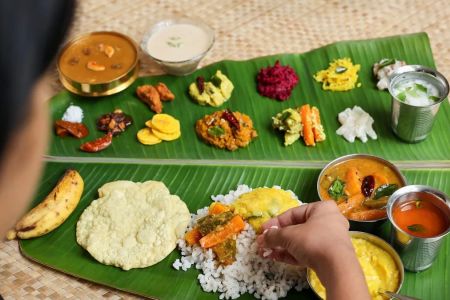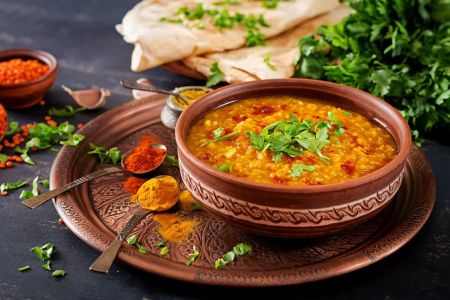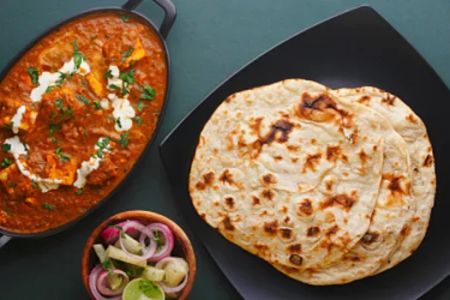Exploring Indian Art and Culture: A Journey Through Tradition and Innovation
India is a country brimming with rich cultural heritage, vibrant traditions, and a long history of artistic expression. From ancient temples adorned with intricate sculptures to the lively modern art scene, India offers a diverse array of experiences for those looking to explore its art and culture. For travelers seeking to immerse themselves in the beauty and depth of India’s cultural landscape, this journey will open doors to an incredible world of creativity, history, and diverse cultural expressions.
1. The Roots of Indian Art: Ancient Traditions
Indian art can be traced back over 5,000 years, with the earliest expressions found in cave paintings such as the famous Ajanta and Ellora Caves in Maharashtra. These paintings depict not only religious scenes but also everyday life, offering a glimpse into the past. The art of sculpture flourished in ancient India, with masterpieces such as the intricate stone carvings found at temples like Khajuraho and the sculptural works in the temples of South India, like those in Tamil Nadu’s Meenakshi Temple. The art of carving deities and religious figures into stone, often in extremely detailed postures, is still a significant part of Indian art today.
One of the most striking aspects of ancient Indian art is its spiritual significance. Indian art has always been intertwined with religion, particularly Hinduism, Buddhism, and Jainism, with many of the artworks created for temples and sacred sites. The importance of symbolism is also a key element in Indian art, with colors, patterns, and poses all carrying deep spiritual meaning. Visitors can still experience this deep connection between art and spirituality in modern-day India, particularly in places like Varanasi, where religious rituals and artistic practices continue to thrive.
2. The Renaissance of Indian Culture: British Colonial Era and its Influence
The colonial era played a significant role in shaping modern Indian art. During British rule, Indian artists began to experiment with Western techniques, blending traditional Indian styles with new European influences. This period saw the rise of Indian painters like Raja Ravi Varma, who is famous for his depictions of Hindu gods and goddesses in the European academic style, which gained popularity among both Indian and Western audiences. This fusion of East and West created a unique art form that still influences Indian artists today.
In cities like Kolkata (formerly Calcutta), the influence of Western art education led to the creation of art schools that fostered modern Indian artists. These institutions produced iconic works, many of which continue to be studied by art students and lovers today. The British colonial period also saw the birth of the Indian nationalist art movement, with artists like Abanindranath Tagore creating works that celebrated Indian history, culture, and resistance to colonial rule.
3. Contemporary Indian Art: A Vibrant, Global Movement
Today, Indian art has evolved into a thriving and diverse field that blends traditional themes with modern aesthetics. Contemporary Indian artists are gaining recognition on the global stage, with renowned galleries and exhibitions in cities such as New York, London, and Hong Kong showcasing their work. Art forms like abstract painting, installation art, and contemporary sculpture are becoming increasingly popular among collectors and art enthusiasts worldwide.
One of the most well-known contemporary artists is Anish Kapoor, whose large-scale sculptures, such as "Cloud Gate" in Chicago, have garnered international acclaim. Another notable figure is Subodh Gupta, whose works use everyday objects to comment on issues of globalization and the Indian economy. The rise of Indian artists in the global art world reflects the dynamic nature of Indian art and its ability to both preserve tradition and embrace modernity.
4. Traditional Indian Craftsmanship: Textiles, Pottery, and More
While modern art continues to evolve, traditional craftsmanship remains a vital aspect of India’s cultural landscape. Indian textiles are world-renowned, with regions like Gujarat and Rajasthan famous for their handwoven fabrics, including khadi, bandhani, and block-printed cotton. The intricate patterns and rich colors of Indian textiles are a testament to the country’s deep-rooted artisanal traditions. Shopping for textiles in places like Jaipur or Delhi is an unforgettable experience for travelers, as they explore local markets where these crafts are still produced using age-old techniques.
Indian pottery and ceramics are also an essential part of the country’s artistic tradition. From the terracotta figurines of West Bengal to the delicate blue pottery of Jaipur, the diversity in pottery styles is as vast as the regions they come from. Visiting craft villages across India gives travelers a chance to observe artisans at work, allowing them to witness firsthand the incredible skill and craftsmanship that goes into each piece of pottery, textile, or piece of jewelry.
5. The Influence of Music and Dance on Indian Culture
Art and culture in India are not limited to visual forms; music and dance play an equally important role in the country’s cultural fabric. India has a rich and diverse musical tradition, with classical music rooted in two main styles: Hindustani (North Indian) and Carnatic (South Indian). Both traditions are deeply intertwined with spiritual and religious practices and continue to be an essential part of Indian culture today.
Indian classical dance forms, such as Bharatanatyam, Kathak, and Odissi, are also integral to the country’s cultural identity. These dance forms are known for their graceful movements, intricate footwork, and expressive hand gestures. Many Indian festivals, such as Diwali and Navratri, include performances of music and dance that showcase the country’s vibrant cultural heritage. For travelers, attending one of these performances provides an authentic experience of Indian traditions, where music and dance tell stories that have been passed down through generations.
6. Museums and Cultural Centers: A Gateway to Indian Art
For those interested in learning more about Indian art and culture, visiting museums and cultural centers is a must. The National Museum in Delhi is one of the largest museums in India, showcasing a vast collection of sculptures, paintings, and artifacts that span India’s rich history. Another notable museum is the Indian Museum in Kolkata, which houses a diverse collection of ancient relics and artworks, including Buddhist sculptures and Jain manuscripts.
Cultural centers like the India Habitat Centre in Delhi and the Kala Academy in Goa provide a platform for contemporary artists and performers to showcase their work. These centers offer exhibitions, performances, and workshops that allow visitors to engage with Indian art in new and exciting ways. They also serve as community spaces where local and international artists can collaborate and exchange ideas, contributing to the ongoing evolution of Indian culture.
Conclusion: Immerse Yourself in India’s Artistic Heritage
Exploring Indian art and culture offers an unforgettable journey through a land where ancient traditions blend seamlessly with contemporary creativity. Whether you’re admiring the intricate sculptures in ancient temples, discovering the vibrant colors of modern Indian art, or enjoying the melodies of classical music, India’s cultural experiences offer something for everyone. For travelers looking to immerse themselves in the heart of India’s artistic world, a visit to its cities, museums, and cultural centers will reveal the beauty and diversity of this fascinating country. To plan your cultural adventure in India, visit Travel India One for more information and to book your next trip.

